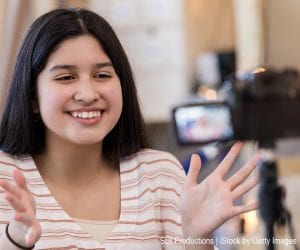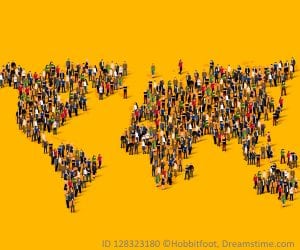For the next two months, we’ll be sharing free lesson plans and other K-12 resources for teaching about global connections in our economy, environment and society. To get the lessons, follow PopEd on Facebook or Twitter, or search #PopEdGlobalConnections.
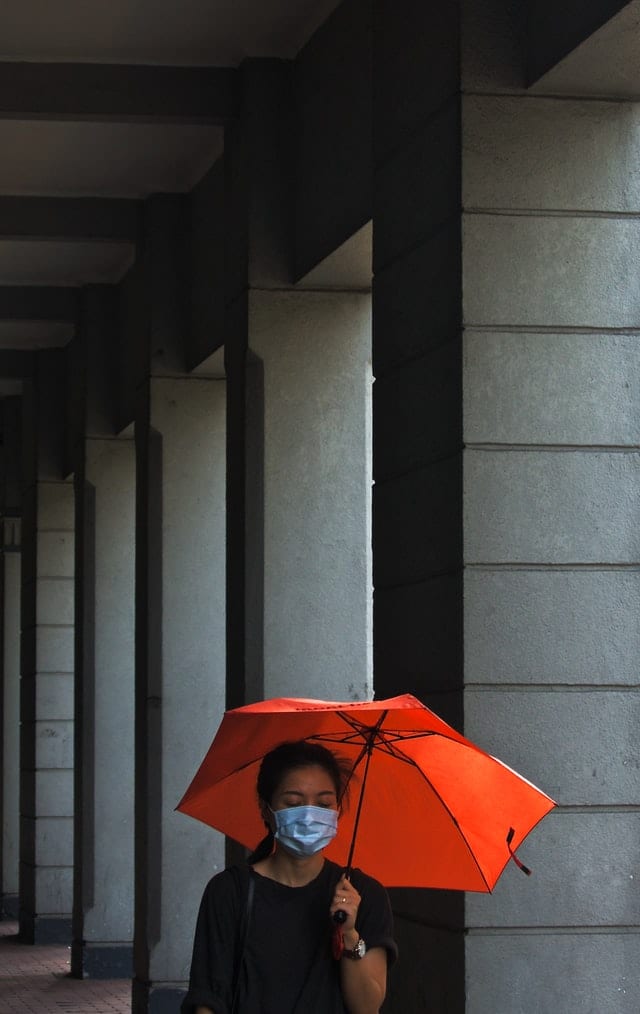
Perhaps now more than ever as we battle the COVID-19 pandemic, the global interconnectedness of our world is hard to ignore. From the time the virus was reported to the World Health Organization on December 31st, 2019, it took only a startling three months before COVID-19 was declared a global pandemic with more than 1 million cases world-wide. And the vast connections that span the globe are much farther-reaching than the spread of disease. From the products we consume, to the storms we endure and the places where we settle, hardly anything happens in isolation.
Understanding the global ties that underpin our lives is critical in solving today’s challenges and charting the planet’s sustainable path forward. That’s why the study of global connections is a key piece of both the C3 Framework and the NCSS Standards, and why here at PopEd we will spend the next two months sharing global connection classroom resources that shed light on our interconnected global society.
Read below for more details on what will be shared and to get free access. Follow PopEd on Facebook, or Twitter, or search the hashtag #PopEdGlobalConnections.
The Best Materials for Teaching About Global Connections
For the months of January and February, our social media accounts we will be posting free lesson plans, student readings, interactive media, articles and cartoons, all aimed at enhancing students’ understanding of globally connected issues while reinforcing key skills in research, data analysis, and communication.
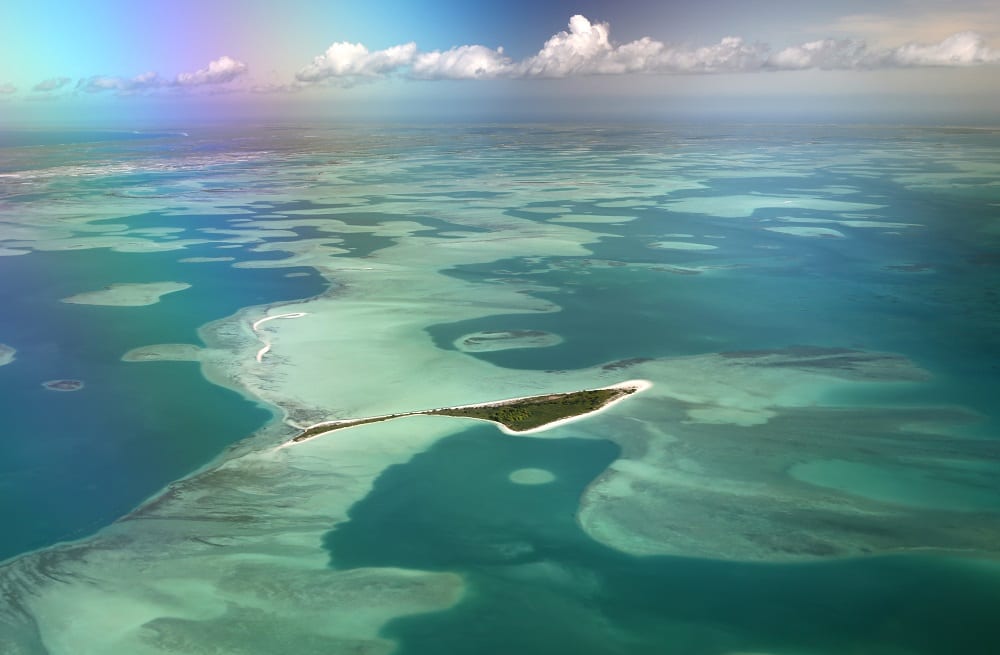
Motu Tabu Islet, Kiribati. This island archipelago, with a total land area of just 310 miles, faces an extreme threat of sea level rise.
Classroom resources will explore movement of people and cultures around the globe, drivers of international trade, and the complex environmental challenges that bind us all. Questions to be investigated include:
- What are the Sustainable Development Goals and what is their role in global progress?
- What impact have humans had on shared global resources and how can we address climate equity?
- What are costs and benefits of increased globalization?
Here’s just a sampling of teaching resources we’ll share over the coming weeks:
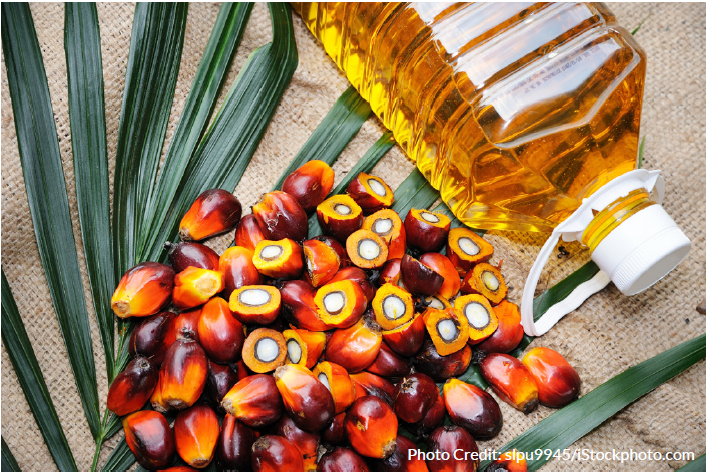
Secret Life of Tees (high school lesson): Students use guided research to perform a five-stage life cycle analysis on a t-shirt and brainstorm ways to reduce the garment’s social and environmental impact.
Teaching Global Connections Across the Curriculum (free webinar): Stream this free on-demand webinar. In this teacher training webinar, PopEd will be sharing a series of interactive lessons for grades 6-12 to teach global connections in today’s economy and environment. Digital adaptations included.
Simple animation that shows thousands of years of food globalization in one map (article and data viz): Animation showing how four of the ancient world’s most important domesticated grain crops spread across the Old World between 7,000 and 3,500 years ago.
When the Chips are Down (elementary lesson): Students compete for global resources and experience the inequity of resource distribution around the world.
We hope you’ll join us as we start the year exploring all ways our global family is connected and ultimately, how we can come together to combat them the global challenges we face. Don’t forgot to follow-along for classroom inspiration at #PopEdGlobalConnections.
Image credits: Woman with umbrella (tam wai on Unsplash); Kiritimati island (ID 58232882 © Natador, Dreamstime.com); Palm oil (ID 483563566 by slpu9945, istockphoto.com)



